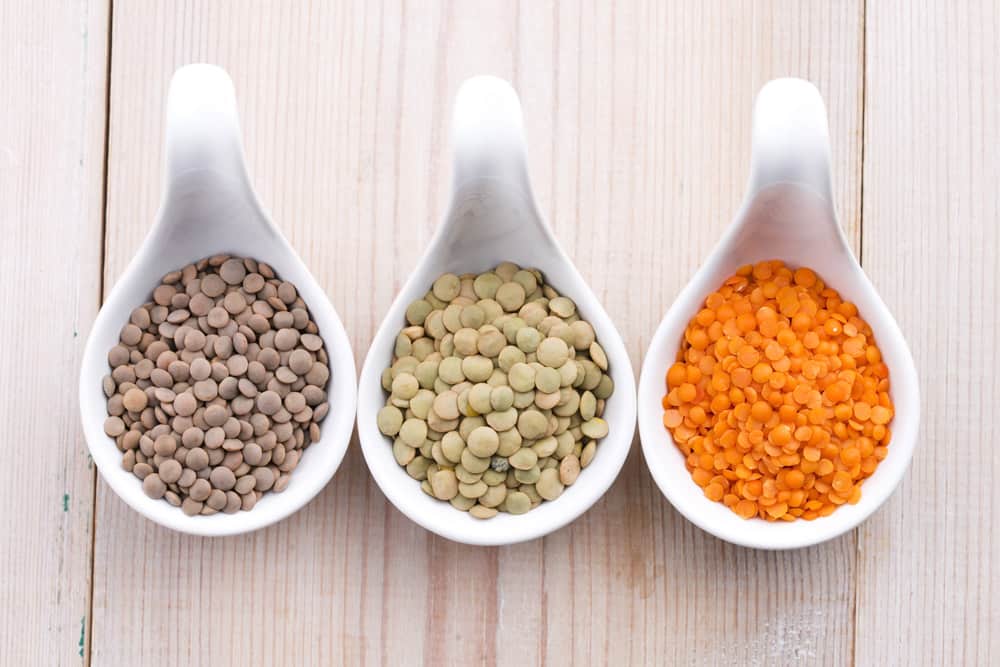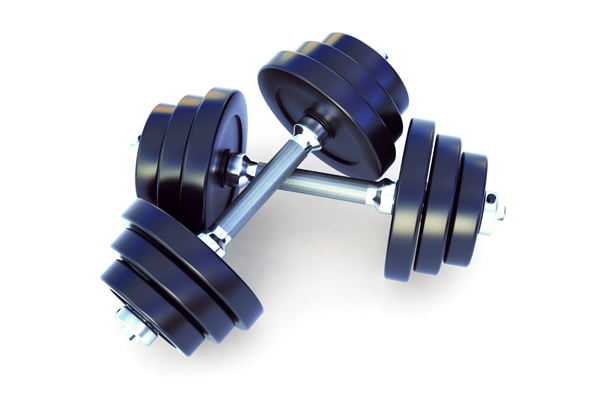Lentils Facts:

Nutrition Facts
Serving Size 1 Cup - Cooked
Servings Per Container 1
Amount Per Serving
Calories 230
Calories from Fat 9
% Daily Value*
Total Fat 1g
2%
Saturated Fat 0g
0%
Trans Fat 0g
Cholesterol 0mg
0%
Sodium 4mg
0%
Total Carbohydrate 40g
13%
Dietary Fiber 16g
64%
Sugars 4g
Protein 18g
Vitamin A
0%
Vitamin C
5%
Calcium
4%
Iron
37%
Vitamin E
1%
Vitamin K
4%
Thiamin
22%
Riboflavin
9%
Niacin
10%
Vitamin B6
18%
Folate
90%
Pantothenic Acid
13%
Magnesium
18%
Phosphorus
36%
Potassium
21%
Zinc
17%
Copper
25%
Manganese
49%
Selenium
8%
*Percent Daily Values are based on a 2,000 calorie diet. Your daily values may be higher or lower depending on your calorie needs.
PQ (Protein Quality) x PDCAAS (Protein Digestibility Corrected Amino Acid Score) - 60
Additional Contents
Potential Health Benefits
- powerful cholesterol management properties
- powerful digestive health boost
- nervous system health boost
- muscle repair boost
- increased cardiovascular disease protection
- improved blood oxygenation
- anti-cancer properties
- energy boost
Potential Athletic Benefits
- Superior source of complex carbohydrates to meet energy demands.
- Superior source of essential protein and amino acids for muscle repair and growth.
- Increase oxygenation of blood for muscle energy and proper metabolism of wastes.
- Increase overall energy levels.
- Improve nutrient retention and absorption.
Glycemic Index Rank
30 out of 100
| Rank | Value |
|---|---|
| Low Glycemic | less than 55 |
Food Sensitivity Rank
<1 to 1 ratio
| Rank | Value |
|---|---|
| Low for Fructose Sensitivity | less than 1 (fructose to glucose ratio) |
Lentils are packed with huge amounts of fiber, B-vitamins, manganese, copper, iron, and more. They supply the body with most everything it needs on a daily basis to keep healthy and repair. Lentils should be a primary source of fiber, protein, minerals, and iron.
- JISSN: Protein and Exercise
- A Legume-Based Diet Reduces Proinflammatory Status
- A Pulse-Based Diet is Effective in Reducing LDL Cholesterol and CVD
- Diets High in Fiber Improves Glycemic Control in Type II Diabetes Mellitus
- Total Nutritional Capacity of Conventional and Organically Farmed Olives, Tomatoes, and Legumes

folate
or vitamin B9, is derived from food, while folic acid is derived from supplements. Its function within the body is to assist in new protein formations, help with red blood cell circulation, aid in the breakdown and usage of vitamin B12 and C, and to work as a co-enzyme to assist in the metabolism of amino acids.
Sources include: USDA
***All-Body Fitness takes no responsibility for the accuracy of the information provided above. Please contact a medical doctor or a registered dietitian for nutrition advice.




 Fitness
Fitness Nutrition
Nutrition